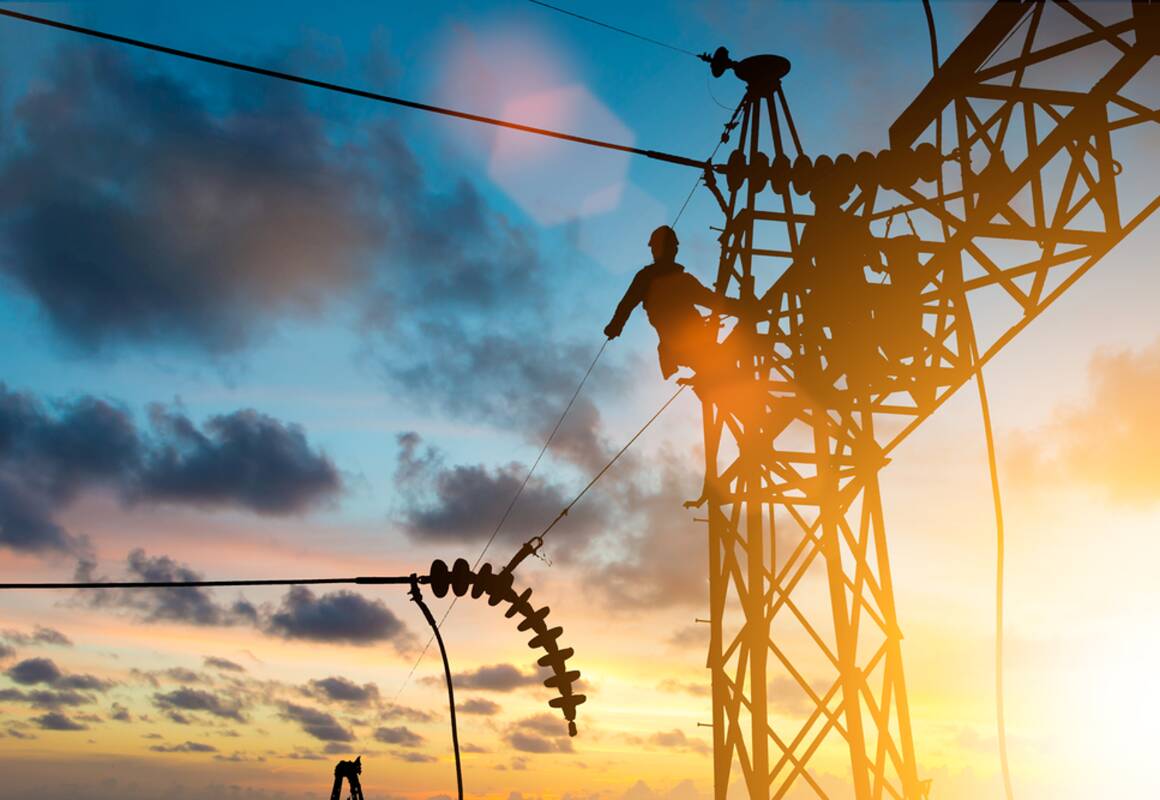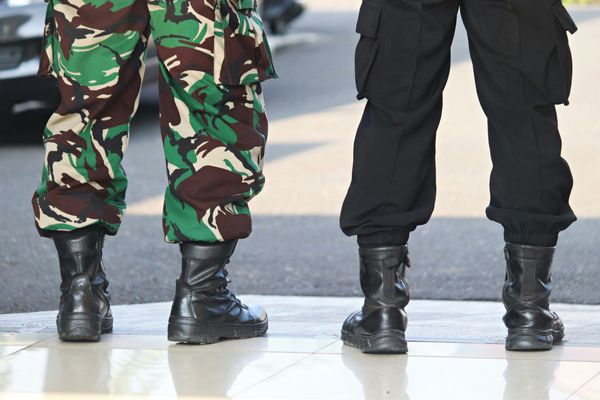
And off we go again. You would think we'd have learned a lesson from the past 50 years.
What happens in the Hunter is central to the NSW target of net zero greenhouse gas emissions by 2050. Massive construction projects are about to start. Precise routes for high-voltage transmission lines need mapping. Property access needs delicate negotiation. Roads are to be upgraded to cater for construction traffic. Temporary camps to be built for non-residential construction workers - bigger than surrounding townships. Oversize-overweight vehicles are to slog along the Golden Highway, every night, for at least a decade.
The Hunter is a designated Renewable Energy Zone (REZ), where wind and solar power generation facilities will be built. Our region will also host new transmission lines. Giant towers and cables will carry electricity from REZs in the state's Central West-Orana and New England regions to consumers, mostly in Sydney.
The conversion to renewables is a mammoth task. AEMO, the Australian Energy Market Operator, estimates that electricity consumption by households (for heating, cooling and cooking) and electric vehicles will rise from 0.33TWh (terawatt-hours) in 2023-24 to 57TWh in 2049-50. For business and industry sectors, AEMO sees a rise in electricity demand from 1.3TWh in 2023-24 to 65TWh in 2049-50. Overwhelmingly, says AEMO, in NSW the electricity will be sourced from the state's REZs.
We will soon see what the renewables task means on the ground. An environmental impact statement for the erection of transmission lines has been prepared for the Central West-Orana REZ. The social impact chapter says a construction workforce of over 4000 will be engaged, peaking between 2025 and 2026. Camps for non-residential workers will need to be erected, one housing 500 workers at Cassilis, 80kms west of Scone, another housing 1000 workers at the tiny village of Merotherie, 50kms further west. 500kV transmission lines do not tread lightly.
Pause for a moment. What will the Hunter and its neighbouring regions look like when the REZs are up and running, all the bits, the transmission lines, the wind and solar farms, the switching stations? Sadly, no one can tell us. There isn't a master plan. Governments say the market will decide.
The late 1970s and early 1980s saw massive energy investments in the Hunter - transmission lines, power stations, linked coal mines, aluminium smelters - as NSW ramped up its dependence on cheap electricity generated by thermal coal. Major investments in open-cut coal mining for export followed. One by one they were approved. But by the 1990s people were scratching their heads. Why wasn't the cumulative impact of coal mining ever considered? If we had our time over, we would have insisted on a master plan at the very least, no?
I have been recently appointed to the regional reference group for the Hunter Transmission Project. The project involves planning for two 500kV transmission lines to bring electricity from the REZs down to the coast. My appointment is unpaid, an attempt to bring community representatives inside the tent. The regional reference group is run by the Energy Corporation of NSW (EnergyCo), a government authority charged with planning the infrastructure required for the rollout of renewables across the state. I have now read thousands of pages of government and technical documents to try to understand the issues involved. Yet this is a tiny fraction of the relevant material that is out there. While EnergyCo has some nifty brochures and videos, these only give an overview. EnergyCo needs to reveal more.
Beyond the transmission lines, however, no authority has been given responsibility for developing a master plan to determine what will happen within each REZ. Where will the giant wind and solar generation facilities be located? What is the schedule for their construction? Instead, new investments will be approved and built one by one, something here, something there. And, like with open cut coal mining, we won't know what the end will look like until it is all done.







